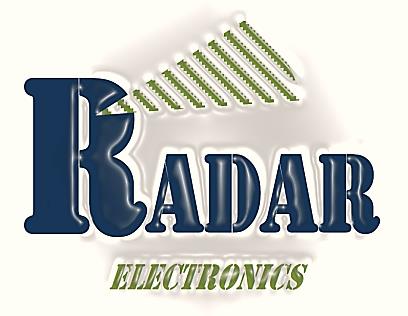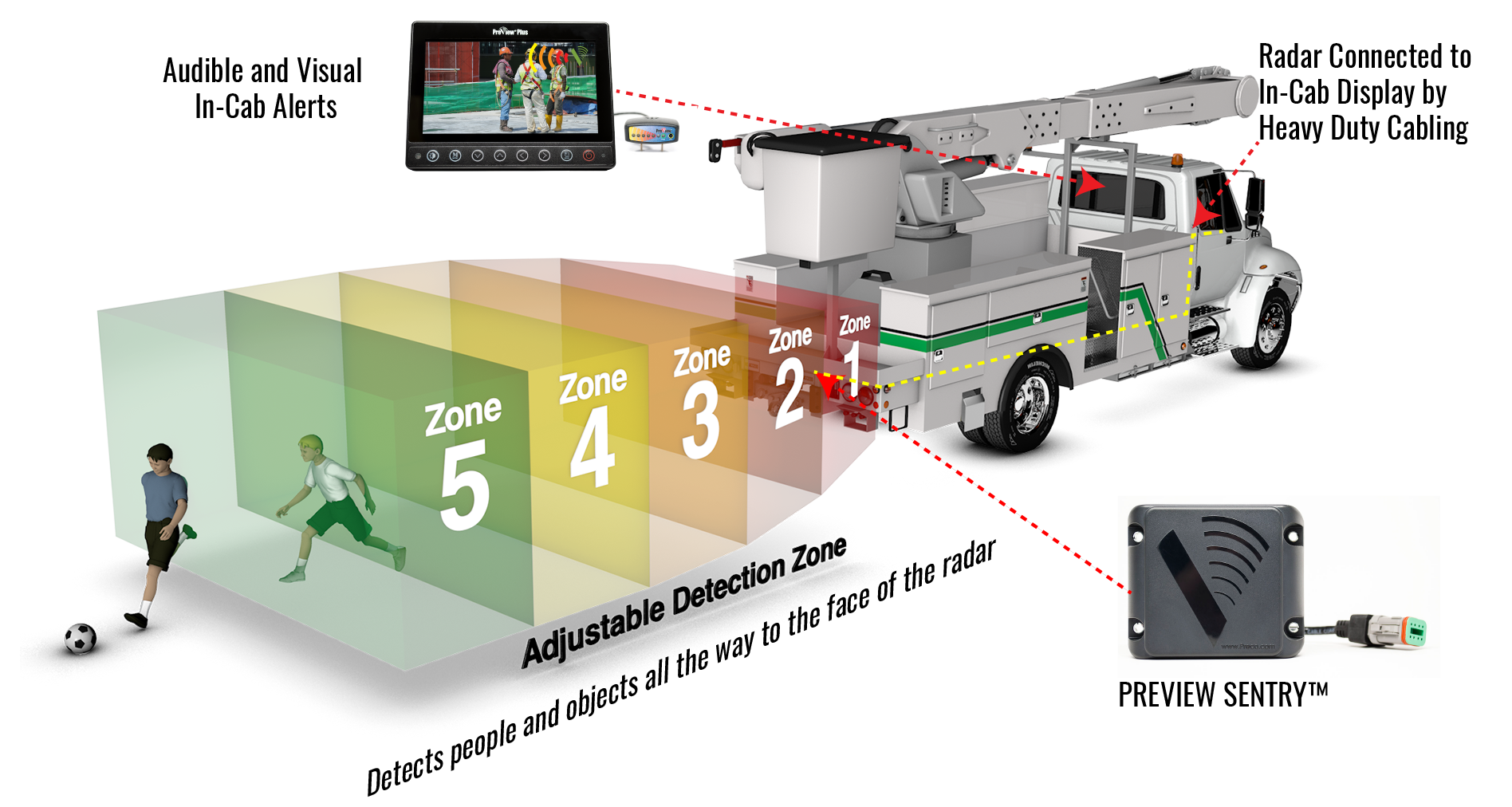Blind Spot Safety in the Utility Industry
The world would come to a grinding halt without utility workers and the companies they work for. With all utility companies and workers have to worry about, safety priorities for vehicles and drivers have a tendency to get pushed down the list.
If there is one thing all utility professionals can agree on is that blind spot accidents are expensive. 45% of PRECO 2017 Utility Safety Survey respondents said that they have had six or more blind spot accidents within the year.
When you are talking about the cost of a vehicle-involved accident you have to recognize that there are two different costs involved. There are direct costs, which are sometimes referred to as insured costs. These are the observable costs that are covered by your company’s insurance policies. Examples include:
- Workers
compensation
- Property
damage
- Injuries
- Legal fees
Direct costs can be extremely expensive. In fact, 57% of utility professionals say that the direct costs of a vehicle-involved accident total $25,000 or more. The second type of cost is called an indirect or uninsured cost. These costs can be 2-10 times as expensive as direct costs. Indirect costs are those costs that come directly out of your company’s bottom line because they are not covered by any kind of insurance. These costs include:
· Lost production time
· Time lost due to hire or train a worker to replace an injured one
· Reduced moral
· OSHA penalties
· Cost of completing paperwork produced by the accident
Utility company executives say that lost production time is the most significant indirect cost. 81% of utility professionals say that employee downtime due to injury significantly affects productivity. By taking steps to reduce blind spot accidents, utility companies are investing in the here and now and the future. The return on investment (ROI) for safety technology is high. When you add up the direct, indirect, and intangible costs that are incurred when a collision avoidance safety system is not in place it’s easy to see why it costs less to invest in long term safety technology.
Installing collision mitigation solutions on vehicles helps to significantly reduce struck-by accidents and fatalities. PRECO’s PreView® Radar Object Detection Systems improve driver engagement and situational awareness in real time. Our systems are specifically designed to serve the vehicle or machine type and the custom blind zones that come with them.
We understand that the mix of oversized equipment, service trucks, environmental conditions, and people on a worksite can create dangerous conditions, which is why our systems actively warn of potential collisions with both moving and stationary objects. Today’s utility companies have to engage employees in their own safety. Those that succeed in doing this will be able to retain top talent, decrease safety incidents, and lower operational costs. A safety culture doesn’t happen overnight though, it is something that must be reinforced daily. Creating a strong safety culture and using personal protective equipment (PPE) is crucial to ensuring that every one of your employees makes it home safe to their families. With the ultimate goal of eliminating rear blind spots and providing greater visibility of the rear and sides of utility trucks, blind spot monitoring systems help to reduce the risk of injury and equipment or property damage. Here’s a quick look at where blind spot monitoring sensors can be installed on utility trucks. Please note, there are other options as it applies to the work environment and needs.
















